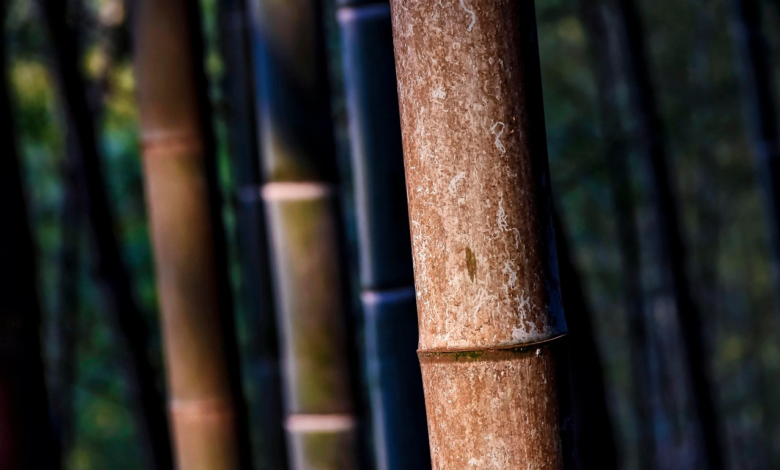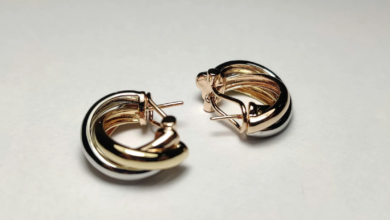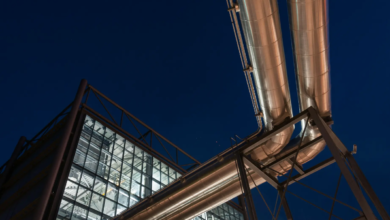Transparent bamboo for the glass of the future (and solar cells)

A new fire-retardant, anti-smoking and super-phobic transparent bamboo
The glass of the future? It could be made of transparent bamboo. In China, a group of scientists from the Central South University of Forestry and Technology (CSUFT) has developed a new ecological material with high light transmission from this plant.
The advantages of bamboo over wood
In itself, transparency is not the real novelty. In recent years, the world of research has already caught the attention of the media with the first transparent wood products. To obtain them, it is first necessary to chemically remove the lignin from the fibers and then infuse the structure with polymers selected ad hoc. This addition not only changes the refractive index of the material but is also able to restore the strength of the wood “failing” with the disappearance of lignin. One of the most well-known products in this field is the transparent wood of the KTH: it boasts excellent mechanical performance and exhibits an optical transmittance of 90% with a thickness of 1.2 mm.
However, the final product still presents problems starting from the susceptibility to fire, determined by the presence of polymers. Not only that. Natural sources take too long to replenish and massive large-scale use would be unsustainable.
That’s why professors Yiqiang Wu and Caichao Wan of CSUFT preferred to focus on bamboo. The plant, scientists explain, boasts a rapid rate of growth and regeneration, which allows it to reach maturity and be used as a building material after only 4-7 years from planting. “With a yield 4 times higher than that of wood per acre, bamboo is recognized for its exceptional efficiency”. What about chemically? The constituents are the same – lignin, cellulose and hemicellulose – and the internal hierarchical structure closely resembles the wooden one, characterized by high porosity and permeability.

How to make transparent bamboo
For their transparent bamboo, the researchers first removed the lignin and then vacuum impregnated the structure with an inorganic liquid sodium silicate that modifies the refraction of light. They then applied a hydrophobic treatment. “Through this strategy, we can build a 3-layer fire barrier comprising an upper layer of silane, an intermediate layer of silica […] and an inner layer of sodium silicate”. The result? Bamboo is transparent, with a light transmission of 71.6%, fireproof and water repellent. It is also able to block smoke, volatile harmful compounds and carbon monoxide. The mechanical capabilities are also excellent: it boasts a bending module of 7.6 gpa and a traction module of 6.7 gpa.
read also Cellulose aerogel to increase thermal insulation of windows
From windows to solar cells
“Transparent bamboo offers 3 distinct advantages over traditional silica glass,” the team writes in Research. “Firstly, the abundant and renewable nature of the raw material is in line with the environmental sustainability objectives. Secondly, it features high light transmission and a high haze factor, allowing privacy and facilitating the entry of natural light into the interior. Finally, the low density and excellent ability to regulate the temperature and humidity of a bamboo model further position it as a promising alternative to conventional glass”.
In addition, when used as a substrate for perovskite solar cells, transparent bamboo shows the potential to act as a light management layer, leading to a sharp improvement in efficiency of 15.29%.





